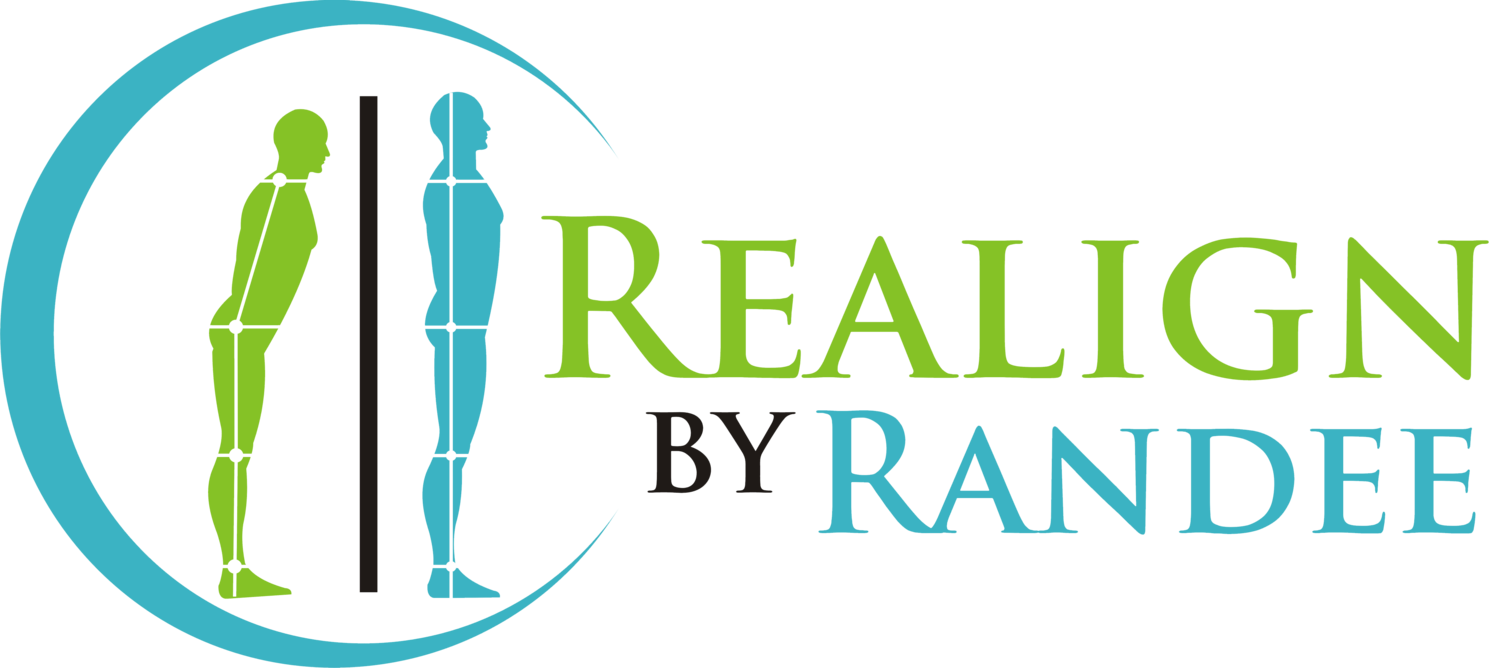Want To Step Up Your BALANCE AND POSTURE? You Need To Read This First
In deciding what to write about this month, I decided to draw from my own experiences, which brought me to the subject of balance. I am reasonably active overall and do practice plenty of self-care. However, I have had two incidents of falling in the last two years. One resulted from not having equipment checked for proper ongoing setup while exercising at home (Grrr - no one to be mad at but myself). The more recent incident was a slide on ice in Cincinnati. If I got a do-over, I would be wearing my snow boots, not my natural footwear, sneakers 🤦🏻♀️. Either way, this brings me to the importance of having balance brought into more focus for longevity! Thank goodness I am still up and going and have lots of tools to help myself recover.
Balance and posture are intertwined. Balance involves controlling the center of gravity (center of our body) over the base of support, our feet. Taking balance further first we will go over :
The basics of balance and strategies that our bodies naturally rely upon.
Connecting balance issues to postural dysfunction.
What we can work on to keep our ability to balance and recover from a wobble or loss of balance.
Two common compensation patters for balance I have observed working with many different clients for posture therapy. One common pattern is people tend to keep their feet wider with standing and walking to help maintain balance. Other people can find stability by bringing their feet together, which creates a smaller base of support. However, this causes different leg muscles or upper shoulder muscles to compensate and help with balance. A sign of a more well-aligned posture is a neutral stance about hip-width apart. How do we correct balance and stop a fall if we have lost balance? The body can recover from a minor wobble or sway through the ankle strategy, starting with the muscles of the feet responding to the calves and then further up the body recovering us to a full standing position. With a more significant sway or wobble, the following strategy is with the hips and pelvis activating from our stomach or abdominal muscles, down to our thigh muscles, then to the ankles - this might feel like bending forward to catch your balance. If we encounter a more unstable surface, we can go into a partial squat position to help lower the center of gravity to make it easier to balance. And the last strategy to protect us from going down is stepping or reaching out with our arms.
Picture 1
As a posture specialist, I will bring this back to how our posture matters when it comes to balance. People tend to have imbalances in their hips that show up in multiple ways, such as a hip elevation, pelvis rotating forward more from right to left, or vice versa. One of the many common things I see today is the hips coming forward of our head and shoulders, called sway-back (See Picture 1). And, of course, other deviations could occur in your feet, knees, shoulders, and so forth. These imbalances affect the way our natural balance strategies work. The more balanced and aligned, the better our balance systems can help us recover on an unstable surface like grass, rocks, or cracks in the sidewalk.
Walking, indoor biking and elliptical (which involves upper body support) do not always challenge our balance. These movements are done faster and apply momentum. The bodyweight gets transferred quickly from side to side, and the trunk, hip, pelvis, and leg muscles don't all engage as well. I see this frequently as I watch clients' videos of walking. When you slow down and have to hold a leg up to catch yourself, it may result in lots of wobbling and difficulty recovering.
Sometimes we need a good reminder to do something simple that we intuitively know will help us.
Tips for improving balance:
Do a regular alignment routine to help your posture.
Practice standing on one leg. If possible, take off shoes and let your foot and ankle do some work. You can stand in front of a counter, near a chair or wall to make sure you are safe. If you can achieve at least 10 - 30 seconds easily without a lot of wobbles, work on raising the knee more in front. (Something to consider is trying to keep your hips or pelvis level while standing on one leg). (Two variations of this exercise can be seen in pictures 2 and 3.)
Stand with one foot in front of the other (tandem-stand), maintain balance, and then switch and have the opposite foot in front (stand next to a wall, chair, or counter for safety - See picture 4)
Practice walking on grass with or without shoes.
Practice a partial squat or knee bend while standing on one leg (hold onto something for safety).
Practice single-leg stands and implement heel raises (stand next to a wall, chair, or counter for safety).
Picture 2
Picture 3
Picture 4
In summary, balance is key to functioning optimally. For any age it allows us to enjoy leisure activities and maximize athletic performance. As years pass by, balance plays a role in safety, taking care of a home and continuing to live an independent full life. I challenge you to try and incorporate a few of the things listed above and consider - how good is your balance?




